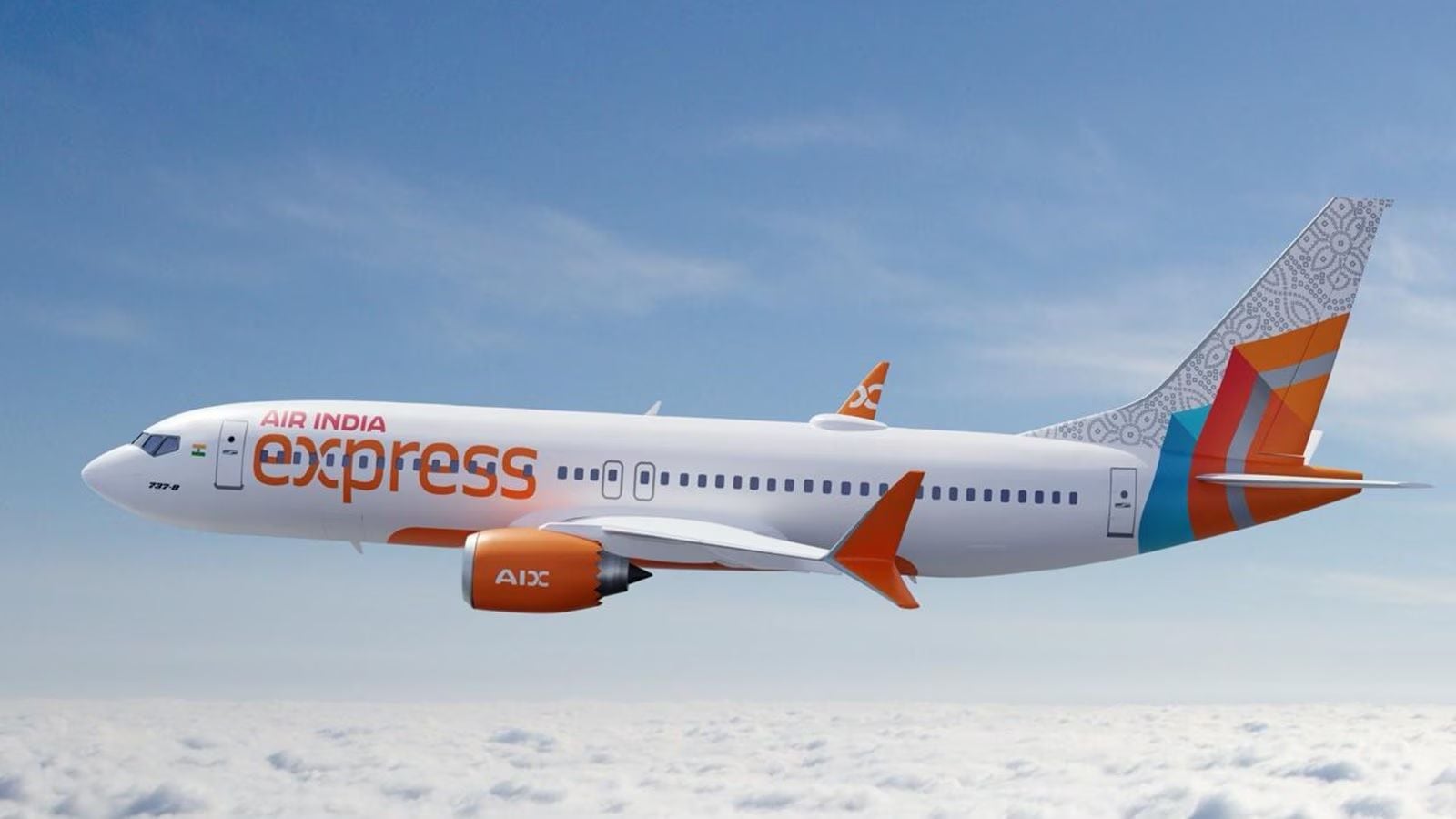The US National Transportation Safety Board (NTSB) has issued an “urgent safety recommendation” to mitigate the possibility of smoke entering the cockpit or cabin of Boeing 737 Max aircraft flying on LEAP-1B engines in case of engine damage. Air India Express and Akasa Air are prominent Indian airlines that operate the Boeing 737 Max aircraft equipped with LEAP-1B engines, which are manufactured by CFM International.
The problem, however, may not be limited to the Boeing 737 Max jets, which have been under the scanner for the past few years over other safety concerns. The US transportation accident investigation body has also issued additional recommendations to evaluate the potential of the same problem with LEAP-1A and -1C engines. The LEAP-1A engine is one of the engine options for the Airbus A320neo aircraft, the main narrow-body workhorse for IndiGo and Air India.
Smoke in the aircraft, specifically in the cockpit, could pose a potential safety hazard as it can impair the pilots’ ability to operate the plane, particularly during critical flight phases like take-off and landing, according to industry insiders. The NTSB recommendations could require aviation regulators globally, including in India, to issue advisories to airlines and even mandate corrective action for engines, which is expected to be one involving system software upgrades in scores of aircraft.
India’s aviation safety regulator Directorate General of Civil Aviation (DGCA) has so far not commented on the issue. Akasa Air and Air India Express have also not commented so far.
In its “urgent” recommendation to the US aviation regulator—the Federal Aviation Administration (FAA)—the NTSB has asked it to ensure that airlines inform pilots of aircraft equipped with LEAP-1B engines about the potential hazard of smoke entering the aircraft cockpit and cabin. In its probe into two such incidents, the NTSB found that the engine load reduction device (LRD)—a safety feature designed to reduce the severity of vibrations transmitted from a damaged engine to the airframe—can result in damage to the engine oil system. This could allow smoke from hot oil to enter the cockpit or passenger cabin through the plane’s ventilation system.
The NTSB also asked the FAA and European aviation regulator—European Union Aviation Safety Agency (EASA)—to require all operators of the affected engines to incorporate software modifications being developed by CFM and Boeing. Usually, aviation regulators globally follow FAA and EASA’s lead.
Reacting to the NTSB’s recommendations, a CFM spokesperson said: “We are aligned with the NTSB’s recommendations, and the work is already underway, in close partnership with our airframers, to enhance the capability of this important system.”
Story continues below this ad
CFM, a joint-venture of US-based GE Aerospace and France-based Safran, is a major aircraft engine manufacturer globally.
Both the incidents investigated by the NTSB involved US carrier Southwest Airlines’ Boeing 737 Max jets. In both incidents, which took place in 2023, bird strikes led to engine damage, which consequently led to smoke entering the cockpit in one case and the passenger cabin in the other.
“The recommendations stem from the NTSB’s investigation into a December 2023 incident in which smoke entered the airplane after a bird was ingested into the left engine of a Southwest Airlines Boeing 737-8 shortly after departing New Orleans, Louisiana. The flight deck filled with what the crew described as “acrid white smoke” so thick that the captain had difficulty seeing the instrument panel. The crew donned masks, were able to clear the smoke, and landed the airplane back in New Orleans. None of the crew or passengers were injured,” the NTSB said.
A similar engine damage event occurred in March 2023 on another Southwest flight when vapour fog filled the passenger cabin after birds were ingested into the right engine shortly after departing Havana, Cuba.
Story continues below this ad
“Concerned that flight crews operating these airplanes may not be fully aware of the potential hazard of an LRD smoke-related event along with the appropriate mitigation actions, the NTSB issued an urgent safety recommendation to the Federal Aviation Administration asking the agency to ensure that operators inform flight crews of airplanes equipped with the affected engines. Boeing has revised flight manuals for pilots detailing the steps to take to prevent smoke from entering the cockpit or cabin following an LRD activation,” the NTSB said.
“Once CFM International and Boeing complete the development and certification process for software modifications to the CFM International LEAP-1B engines, require all operators of airplanes equipped with CFM International LEAP-1B engines to incorporate the software modification developed…to prevent or limit the amount of smoke released into the cockpit or cabin after load reduction device activation,” the NTSP mentioned it is report.
The NTSB further asked CFM and Boeing to work together to complete the development and certification process for the necessary software modification.
It also asked the FAA and EASA to work with CFM, Airbus, and the Commercial Aircraft Corporation of China to “determine if CFM International LEAP-1A or -1C engines are at risk of smoke in the cockpit or cabin as a result of load reduction device activation and require affected operators to incorporate any modification that results”.

